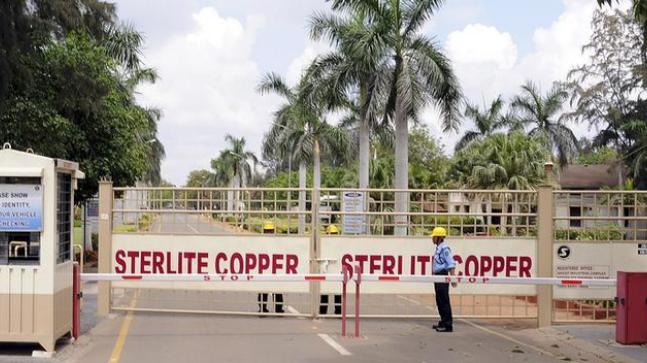Copper imports of India have risen by 221 percent in June quarter, primarily due to the closing of Vedanta’s Sterlite copper plant in Tuticorin. The plant was ordered to close operations in May this year due to a violent protest by some groups. The plant alone produced 40 percent of the country’s total copper, so it was important to India’s ‘National Interest’. The 221 percent rise in imports in June quarter is just the impact of one month’s closure of Tuticorin plant, imagine the kind of impact it will have on imports in this quarter. As long as the Tuticorin plant was operating in India, the country was a net exporter of copper. But according to Care ratings, “the production drop has had a domino effect, leading to a sharp fall in exports. Exports from India, which used to be the net exporter of refined copper, dropped 91.6 percent this quarter. In the same quarter last year, exports had increased by 70.1 percent. Imports, on the other hand, increased by 221 percent in the last quarter.”
Tuticorin plant produced 400,000 tonnes per annum, accounting for 40 percent of total copper production in the country. After its closure, total production of India fell by 47.1 percent in June quarter, the above 40 percent drop was due to the shutdown of smelters of Hindustan Copper (HCL) and Hindalco for maintenance purposes. The rise in prices of copper due to shutdown has led businesses and people to look for an alternative to copper. Some uses of copper like in electrical (34%) could be replaced by aluminum but its uses in building & construction (8%), automobiles (11%) and consumer durables segments (8%) have to bear with losses of increased price.
The ‘economic interest’ of the country was harmed due to the closure of the Tuticorin plant and this is an example of how bad politics could lead to bad economics. The closure of plant does not only hurt the copper industry but also thousands of medium and small sector units whose business was dependent on Vedanta’s plant. The ‘negative spillover effect’ of plant closure will impact the electrical industry, building and construction industry, automobiles industry, and consumer durables industry. In current situation, exports have an edge due to falling value of rupee, so if the plant was ordered to shut down by Tamil Nadu government then the exports of the country could rise? The lower rupee value would have given an opportunity for Indian copper exports to capture a larger segment of the international market. But instead of increasing its share in exports, the country has increased share in imports.
The state governments should have a more cooperative attitude towards industries. Only initiatives from central government will not help in economic rise of the country unless every state government is willing to cooperate with industries. It was found that the church was involved in organizing the protest against the Sterlite plant. Swarajya Magazine had earlier reported that the churches in the region had appealed to its members to support the sterlite protest. The magazine had also reported that one of the mobs, comprising of around 5,000 people, had gathered in front of one of the churches in the region before it proceeded to wreak havoc. The article goes on to claim that according to the Intelligence Bureau, there were Naxal elements among the protestors too and that the police had been tipped off about this. So, it seems that church and Naxals succeeded in hurting economic interests of India, Tamil Nadu, and poor people of thae region due to the lackluster attitude of state government.
